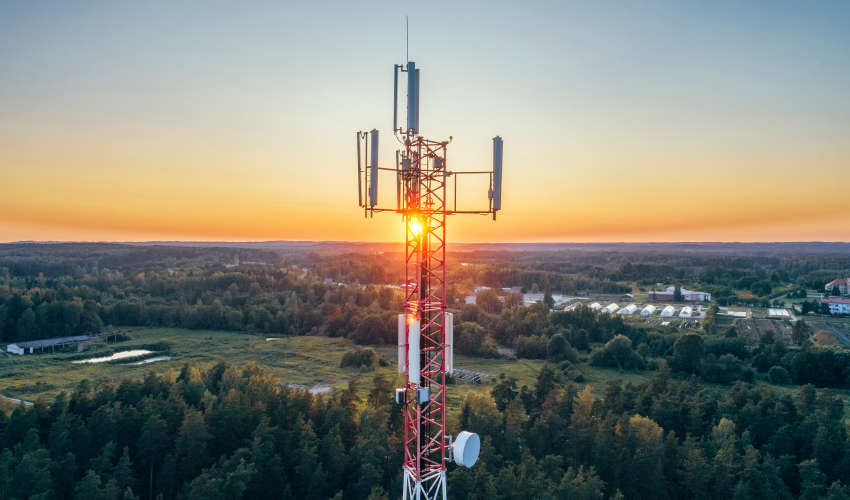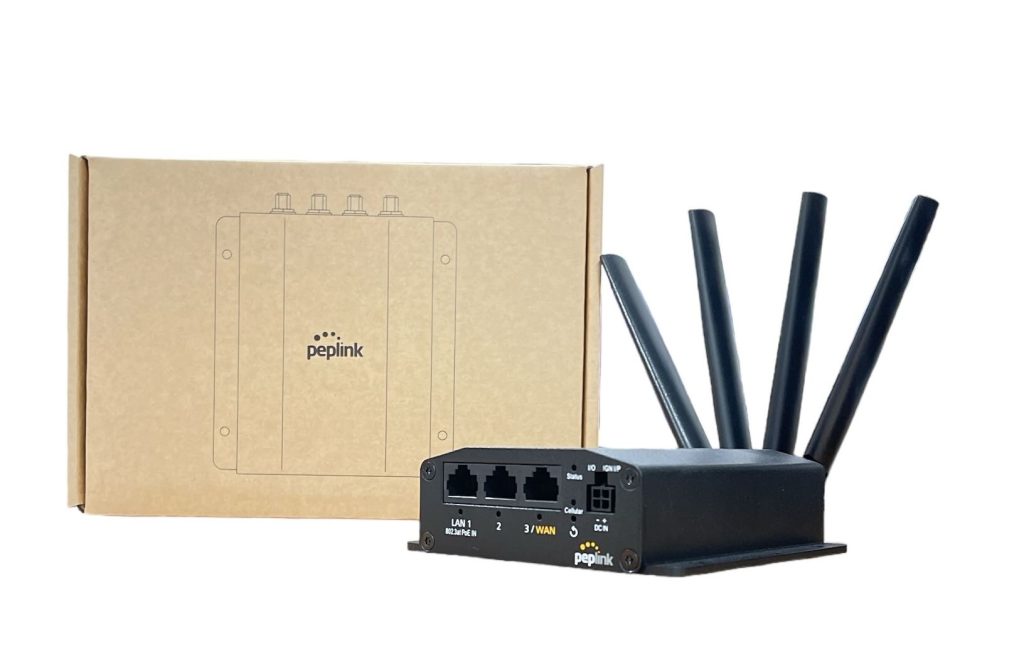In a significant advancement for public safety communications, AT&T, in collaboration with the First Responder Network Authority (FirstNet Authority), has announced the launch of 1,000 new cell sites across 46 states and the District of Columbia. This expansion, completed nine months ahead of schedule, underscores a commitment to enhancing the FirstNet network, the nation’s only broadband […]
Tag: FirstNet
Digi IX40 Joins the 5Gstore Customer Savings Engine – Save Today!
Digi IX40, a cutting-edge industrial IoT router, is now available through the 5Gstore Customer Savings Engine (CSE)! This exclusive offer provides customers with significant savings, but act fast—these prices are only available until our current stock sells out. Log into your 5Gstore account today to take advantage of this unbeatable deal! Why Digi IX40 Stands […]
Feud Over FirstNet Expansion: AT&T vs. Verizon
A heated debate has arisen between telecommunications giants AT&T and Verizon over a proposal aimed at boosting service for emergency responders. The Wall Street Journal reported on Monday that AT&T is lobbying regulators to allocate more wireless frequencies to FirstNet, a dedicated network for public safety established in 2017. Verizon, however, argues that this move […]
Peplink BR1 Mini 5G Router
Peplink introduces its latest innovation, the BR1 Mini 5G router, designed to redefine the possibilities of high-speed internet access for various applications. This compact powerhouse, now in stock and certified by major carriers, including Verizon (C-BAND), AT&T, FirstNet, and T-Mobile, redefines the way you connect and manage your network. High-Speed Connectivity The Peplink BR1 Mini […]
Empowering Public Safety with Digi SAFE™
Public safety professionals are constantly facing challenges. The need for robust, reliable, and advanced connectivity solutions is essential. In fact, according to McKinsey & Company research, with smart city connected technologies, emergency teams could reduce response time by 20-35%. They may also reduce criminal incidents by as much as 30-40%. Digi SAFE™, a purpose-built connectivity […]
Digi TX40
The need for reliable, high-speed internet on the go has become paramount. Enter the Digi TX40, a cutting-edge router that not only fulfills these requirements but also raises the bar for in-vehicle networking solutions. With a plethora of features tailored to meet the demands of modern businesses and government agencies, this device proves to be […]
Enhancing Public Safety Response with Cellular Routers
Reliable communication is paramount for public safety agencies to effectively respond to emergencies and ensure the well-being of communities. To meet these critical demands, specialized sections of cellular networks have been established exclusively for public safety use. Companies like AT&T with FirstNet, Verizon and its Frontline service, and T-Mobile’s Connecting Heroes program have pioneered this […]
What is the Newest Router from Sierra Wireless?
Introducing the new Sierra Wireless RX55! This small, rugged cellular router is perfect for industrial applications and in harsh environments. It has a MIL-STD-810G rating for shock, vibration, thermal shock, and humidity. It also includes a vehicle grade power supply and is Class I Div2 certified. Models come with a Cat 7 LTE-A modem, which […]
What is AT&T Doing to Expand 5G and In-Building Service for FirstNet
AT&T is known as America’s public safety wireless communications provider and the carrier that built FirstNet. Currently, they cover more first responders than any other network in the country. Now they are trying to expand that coverage with 5G. They’re also working on boosting dedicated in-building connectivity and enhancing 9-1-1 resiliency across Tennessee. FirstNet will […]
Providing Service During Natural Disasters – How AT&T is Testing 5G on Drones
For the past few years, AT&T has provided cellular coverage at disaster sites around the U.S. They run the network behind FirstNet, a service for first responders. When their services are needed they typically provide this via trucks called COWs (cell on wheels). In the more recent years, the carrier expanded to using a fleet […]




